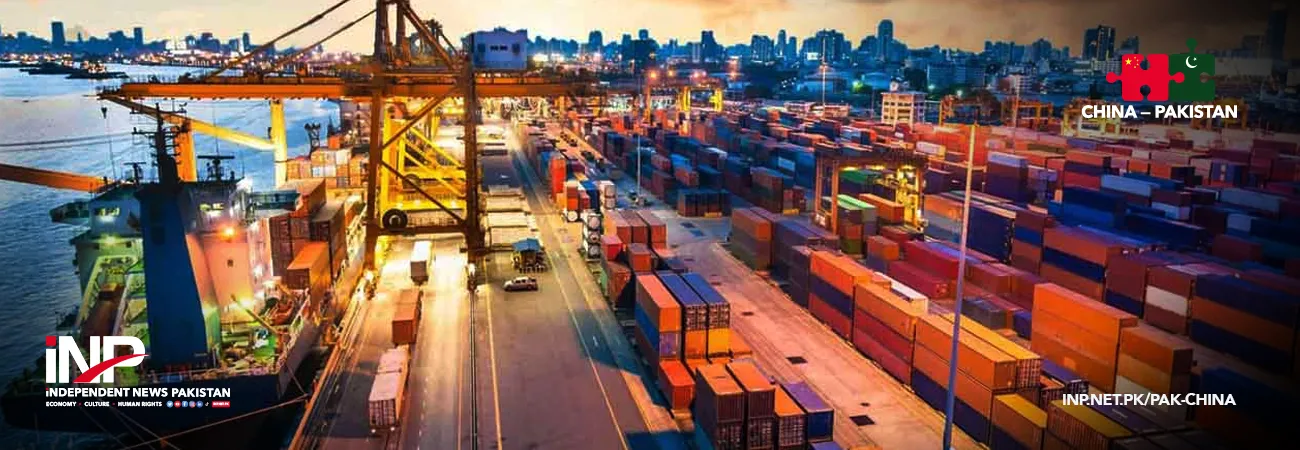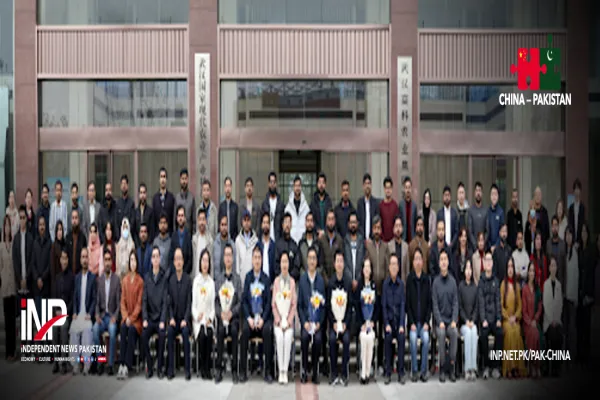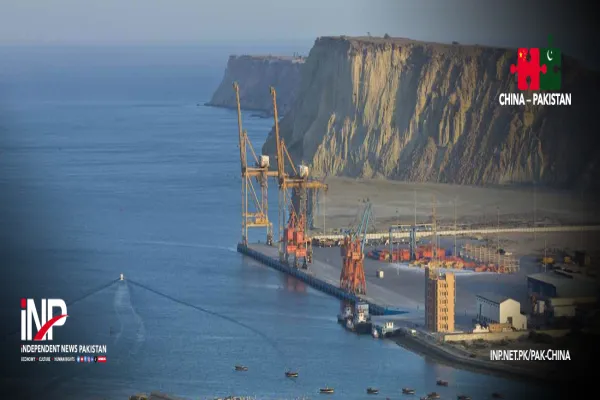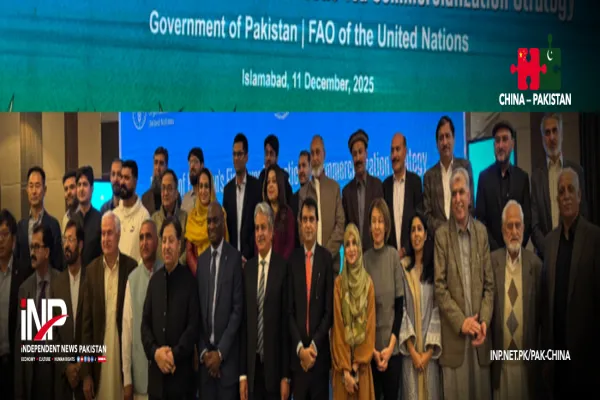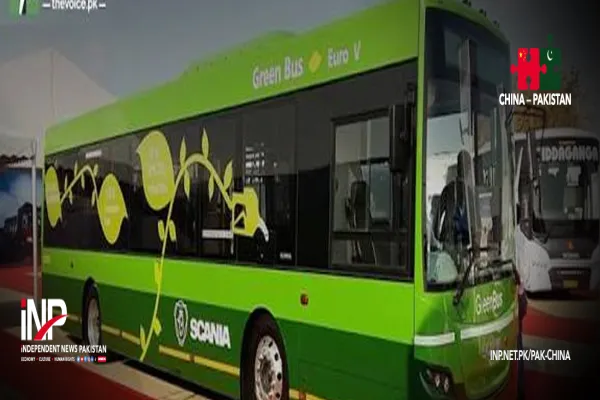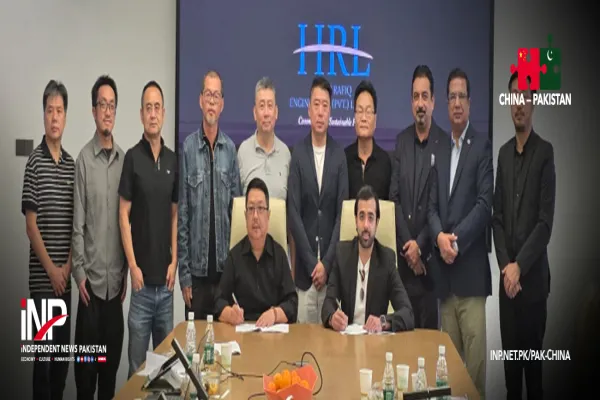i NEWS PAK-CHINA
ISLAMABAD, Feb 15 (INP): The All-Pakistan Textile Mills Association (APTMA) has called for greater collaboration with China to help Pakistan achieve its ambitious export target of $50 billion per annum by 2029. Representing more than 223 textile companies, the association believes that strengthened ties with China, a leading player in the global textile industry, can significantly boost Pakistan’s export earnings. In an interview with Gwadar Pro, APTMA Secretary General Shahid Sattar highlighted the cooperation between China and Pakistan in the textile industry to showcase complementary advantages across various categories, presenting a robust framework for mutual growth and development. This strategic partnership, bolstered by initiatives like the Belt and Road Initiative (BRI) and the China-Pakistan Economic Corridor (CPEC), has a profound impact on Pakistani firms gaining access to the Chinese market.
Pakistan’s export of goods and services to China witnessed a 40.01 percent increase during the first six months of the current fiscal year (2023-24) compared to the exports of the corresponding period last year, announced the State Bank of Pakistan (SBP). This signifies a major achievement and highlights the growing economic ties between the two nations. To seize export opportunities for Pakistan’s textile and apparel industry, APTMA recently published a comprehensive report covering the entire value chain. The report presents a 41-point policy roadmap designed to meet ambitious targets, such as increasing sector exports to more than $50 billion annually by 2029.
Emphasizing diversification, expansion, and competition, the roadmap proposes to incentivize product diversification, invest in manufacturing capacity upgrading, and foster a conducive business environment. The report advocates for green manufacturing practices, including water recycling, wastewater treatment, transitioning to renewable energy, and avoiding harmful chemicals. It also calls for guidance and support in establishing the 'Sustainable Textiles Credible Platform,' a certification system for the lifecycle traceability of green fiber products. Additionally, Sattar noted that China’s textile industry remains at the forefront of technological and sustainable advancements. China is making strides in high-end manufacturing and is pushing forward with innovations in synthetic fibers and green manufacturing processes. This commitment to innovation has positioned China as a leader in the global textile market, with a focus on producing higher quality, environmentally friendly products.
Pakistan is experiencing a transformative shift towards ethical and sustainable fashion, including the adoption of eco-friendly materials such as organic cotton and recycled fabrics, and the integration of traditional craftsmanship with contemporary designs. These efforts have been complemented by the significant growth in exports during FY20-FY22. Nevertheless, substantial opportunities for further cooperation exist, especially in sustainable and eco-friendly textile production, research and development in textile technology, and joint initiatives to explore new markets. Leveraging China’s expertise in textile machinery and technology could elevate Pakistan’s productivity and enable the production of higher value-added products, thereby advancing along the value chain.
The main challenges in this collaboration involve logistical issues, regulatory harmonization, and the need to further ease trade barriers. Efforts are already underway to streamline customs procedures, improve logistics links, especially under CPEC, and create an environment conducive to trade and investment. At the end of last year, a memorandum of cooperation was signed between APTMA and the China Chamber of Commerce for Import and Export of Textiles (CCCT) during the visit of Federal Minister of Commerce Dr. Gohar Ejaz to China.
Potential joint ventures across multiple sectors were explored, indicating a broader spectrum of collaboration between Pakistan and China. The significance of technology transfer was also emphasized during the discussions. Talks about the possibility of transferring advanced Chinese technology to Pakistan's Special Economic Zones (SEZs) could drive innovation and economic development in Pakistan. This highlights the strategic opportunity for Chinese exporters to access new markets via Pakistan, underlining the potentially positive impact of increased Chinese investment on Pakistan's GDP growth.
Credit: Independent News Pakistan (INP) — Pak-China



